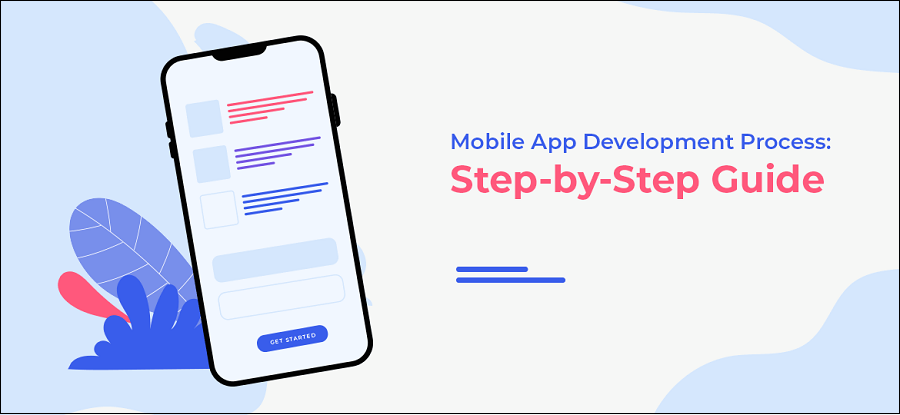In today's tech-driven world, mobile applications have become an integral part of our daily lives. If you have a unique idea or a solution to a problem, creating your own mobile app can be an exciting and rewarding endeavor. In this blog post, we'll walk you through the essential steps to turn your app idea into a reality.
1: Define Your App Idea and Purpose
Before diving into development, it's crucial to clearly define your app's purpose and target audience. Ask yourself: What problem does my app solve? What features will it have? Understanding your app's core functionality and user value will guide the development process.
2: Market Research
Conduct thorough market research to identify competitors and trends in your app's niche. Analyze user reviews and feedback on similar apps to learn from their strengths and weaknesses. This information will help you refine your app concept and make it stand out in the market.
3: Create a Wireframe and Design
Sketch out a basic wireframe to visualize the app's layout and user flow. Once satisfied, move on to designing the user interface (UI) and user experience (UX). Consider hiring a professional designer or using design tools to create a visually appealing and user-friendly interface.
4: Choose the Right Development Approach
Decide whether you'll develop a native, hybrid, or web app. Native apps are built for specific platforms (iOS or Android), while hybrid apps use web technologies and can run on multiple platforms. Your choice will depend on factors like budget, development time, and desired features.
5: Set Up the Development Environment
Prepare your development environment by installing the necessary software and tools. If you're building a native iOS app, you'll need Xcode and Swift or Objective-C. For Android development, use Android Studio and Java or Kotlin. Hybrid apps may require frameworks like React Native or Flutter.
6: Start Coding
Begin coding your app based on the chosen platform and development approach. Break down the development process into sprints and focus on one feature at a time. Regularly test and debug to ensure smooth functionality throughout the development phase.
7: Integrate Backend Services
If your app requires server-side functionality or data storage, integrate backend services. Consider using cloud platforms like AWS, Firebase, or Azure for scalability and reliability.
8: Test Thoroughly
Testing is a critical phase to identify and fix bugs, ensuring a seamless user experience. Perform unit testing, integration testing, and user acceptance testing to catch and address issues at different levels.
9: Beta Testing
Release a beta version of your app to a small group of users for real-world testing. Collect feedback, analyze user behavior, and make necessary adjustments before the official launch.
10: Launch and Market Your App
Once your app is polished and refined, it's time to launch it on the respective app stores. Create a marketing strategy to promote your app, including social media campaigns, press releases, and collaboration with influencers.
Conclusion:
Creating a mobile application involves careful planning, development, and testing. By following these steps, you'll be on your way to turning your app idea into a successful reality. Stay agile, adapt to user feedback, and keep refining your app to meet the evolving needs of your audience.

